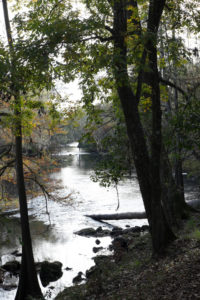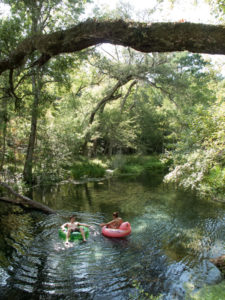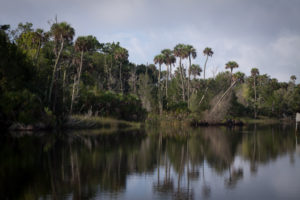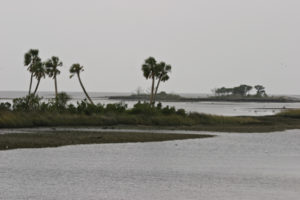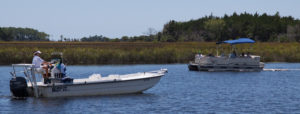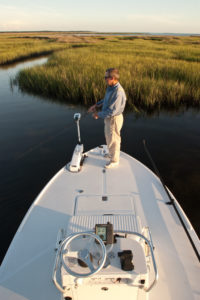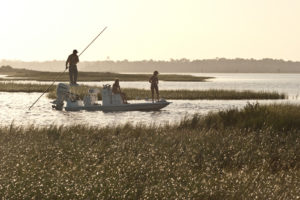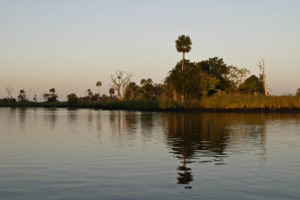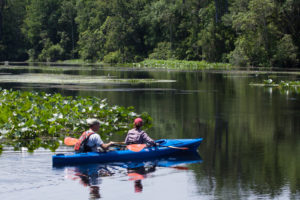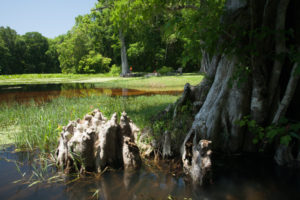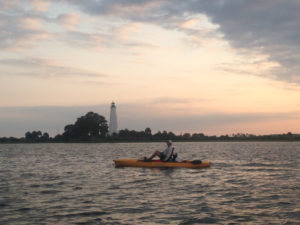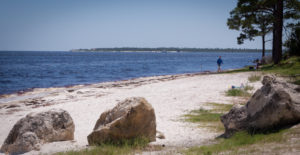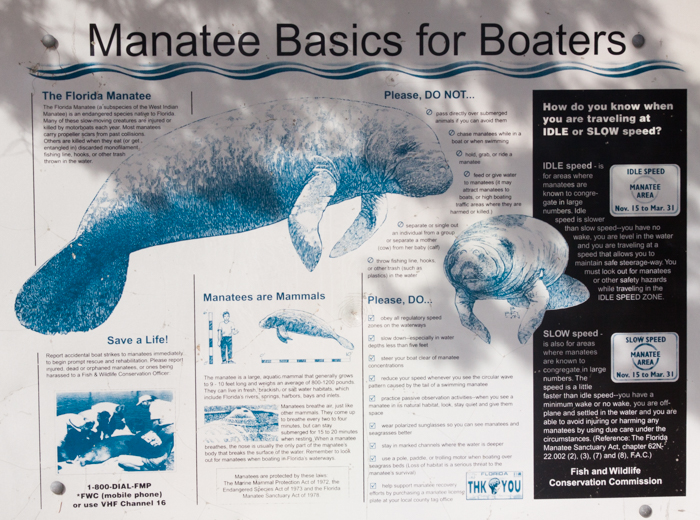Second To Only The MIghty Suwannee River–Natural North Florida’s “Minor” Rivers
It’s tough when you have to say that some of our Natural North Florida Rivers are “minor”, but the 240-mile-long Suwannee River is hard to keep out of first place. It’s long, it’s free-flowing with no dams or obstructions, and it’s beautiful. But there are others in our region that are smaller, but no less fun nor beautiful.
With the longest stretch of untouched coastline in the continental U.S., our region’s smaller and lesser rivers are for the most part unexplored and unsettled. Some are spring fed and others serve as drainage from Florida’s interior wetlands.
Santa Fe River
The Santa Fe River begins in Union County, northeast of Gainesville, and flows until it merges with the Suwannee River. It’s mostly spring fed and with the exception of the short stretch near O’Leno State Park in Columbia County, is lots of fun for paddlers and tubers. It’s banks are lined with many spring vents, including Ginnie, Gilchrist Blue and Poe springs.
Ichetucknee River
The Ichetucknee River begins at a spring in Columbia County and flows into the Santa Fe River south of US27. Most of the river is contained in the Ichetucknee Springs State Park
Ichetucknee Springs and State Park are popular swimming, tubing and paddling destinations and are a short drive from Gainesville and the University of Florida.
Withlacoochee River
There are two Withlacoochee Rivers in Florida. One flows from Georgia and joins the Suwannee River near Madison. The other, a larger stream, flows from the Green Swamp in central Florida and empties into the Gulf of Mexico at Yankeetown in Levy County.
The southern river is navigable about 8 miles upstream to a dam, constructed during the building of the now-abandoned Cross Florida Barge Canal. It’s lower 4 miles is undeveloped and offers excellent boating, fishing and paddling opportunities.
Waccasassa River
This short Levy County river begins in the area known as Gulf Hammock and flows into the bay east of Cedar Key and north of Yankeetown. On of the region’s wildest rivers, its estuaries and shoreline offers excellent powerboating, paddling, fishing, birding and sightseeing.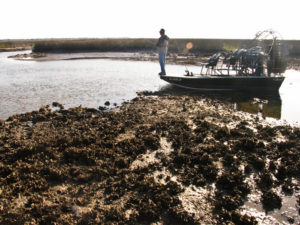
Steinhatchee River
The Steinhatchee River forms up in the backwoods of Taylor County and flows to the Gulf of Mexico at the towns of Steinhatchee and Jena. It forms the boundary between Taylor County and Dixie County, and the Gulf front is famous for saltwater fishing. For visitors, there are excellent lodging and food opportunities, as well as several first rate marinas and boat launches.
Aucilla, Econfina and Fenholloway Rivers
These smaller, blackwater rivers empty into the Gulf of Mexico between Keaton Beach and St. Marks on Natural North Florida’s Big Bend. Access is limited, but there’s a good ramp up the Econfina River at the State Park.
Upriver, in Jefferson County, the Wacissa River begins its spring-fed route downstream to its confluence with the Aucilla. There’s a small Jefferson County park at the spring head that’s a popular swimming hole with a small boat ramp that’s suitable for kayaks, canoes and small powerboats.
St. Marks and Wakulla Rivers
The Wakulla River begins at one of Natural North Florida’s largest and most famous springs in Edward Ball Wakulla Springs State Park, south of Tallahassee in Wakulla County. It flows downstream past US98 and joins the smaller St. Marks River at the fishing village of St. Marks, where the St. Marks River heads to the Gulf of Mexico. Up these rivers and at the Gulf, visitors can paddle, power boat or fish in some of the most natural of our area’s waters.
Ochlockonee River
The Ochlockonee River flows from southern Georgia and forms the western edge of our Natural North Florida region. It offers excellent fishing and boating, and there’s a small, locally-popular beach at Mashes Sand Point where it empties into the Gulf of Mexico.
Finally..a few words about all the wonderful things you’ll see on our rivers. Yes, there are alligators and snake, but they’re more afraid of you than you are of them! And you will see otters, turtles, eagles, and maybe even one of our famous manatees. Just remember, take only photos and don’t touch unless you first ask (and speak “manatee”!).


